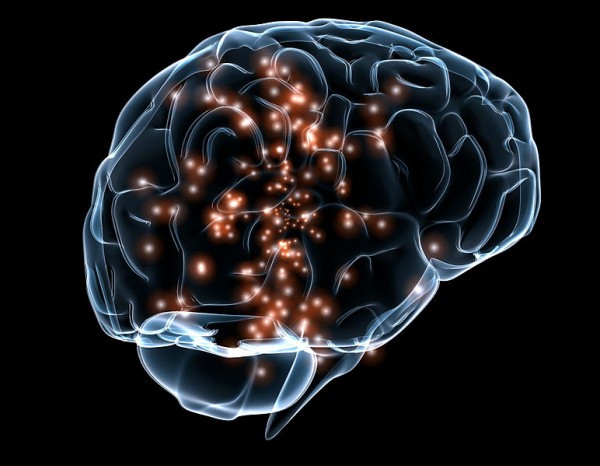By Ana Verayo, | January 22, 2016

DARPA plans to develop brain implants to link with supercomputers.
The United States Department of Defense apparently wants to get inside your head. DARPA (Defense Advanced Research Projects Agency) made an announcement this week of plans leading to the development of a next generation brain implant device that can connect the brain to advanced supercomputers.
Like Us on Facebook
This project is known as the Neural Engineering System Design, where this U.S. defense, research and development program focuses on improving the neurotechnology landscape with public and private research efforts. The main goal is to be able to generate a brain implant measuring less than one centimeter in size.
However, DARPA's biggest challenge will be trying to solve problems when it comes to transferring data. The human brain is a highly complex system of networks consisting of billions of neurons where as the most highly advanced supercomputers can also process massive amounts of data in mere seconds.
DARPA officials believe that it is a key factor for the two systems to communicate flawlessly and efficiently with each other. The main purpose of this proposed neural device is to serve as a translator between digital computerized systems and the electromechanical process of the brain's language.
According to NESD program manager, Phillip Alvelda, the best brain to computer interface systems are similar to how two supercomputers are communicating with each other using an old modem. When we upgrade our tools, imagine the possibilities that can create new channels between the human brain and modern electronics.
DARPA says that current technology involving neural interfaces that are approved for human use, utilized around 100 channels, where each can form signals from tens of thousands of neurons. NESD now aims to develop neural systems that can communicate directly to 1 million neurons in any part of the brain.
However, this will take a fairly long process as DARPA officials say that this system will require integration of breakthroughs from many scientific disciplines such as neuroscience, electronics, photonics, medical manufacturing and artificial biology.
There are many ranges for application with this kind of technology, but in the near future, DARPA aims to create devices to aid in sight and hearing, especially for those with impairments. The NESD system can then potentially feed digital audio visual information to the brain in faster resolution and clarity than current technologies.
-
Use of Coronavirus Pandemic Drones Raises Privacy Concerns: Drones Spread Fear, Local Officials Say

-
Coronavirus Hampers The Delivery Of Lockheed Martin F-35 Stealth Fighters For 2020

-
Instagram Speeds Up Plans to Add Account Memorialization Feature Due to COVID-19 Deaths

-
NASA: Perseverance Plans to Bring 'Mars Rock' to Earth in 2031

-
600 Dead And 3,000 In The Hospital as Iranians Believed Drinking High-Concentrations of Alcohol Can Cure The Coronavirus

-
600 Dead And 3,000 In The Hospital as Iranians Believed Drinking High-Concentrations of Alcohol Can Cure The Coronavirus

-
COVID-19: Doctors, Nurses Use Virtual Reality to Learn New Skills in Treating Coronavirus Patients







